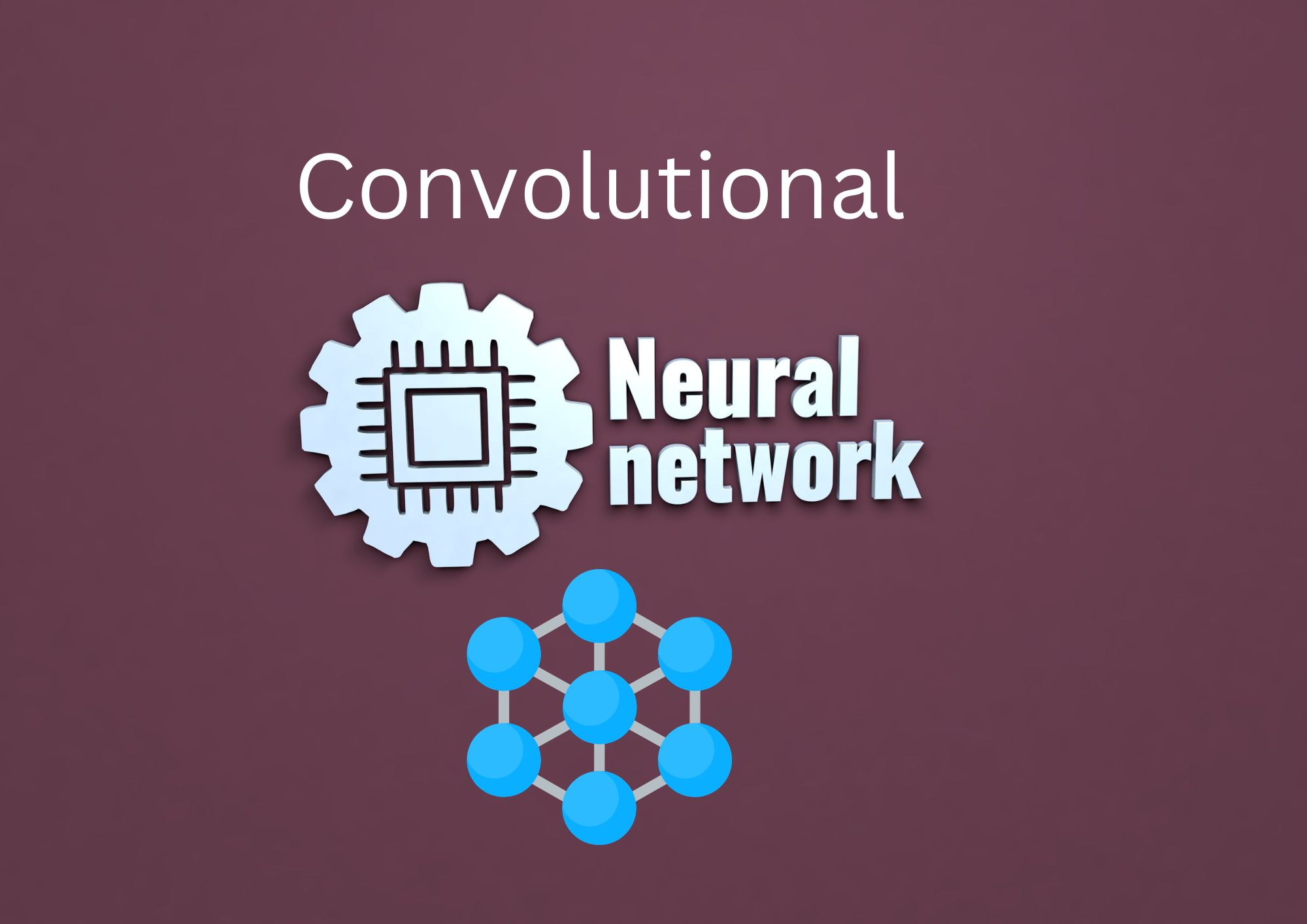Convolutional Neural Networks (CNNs) have revolutionized the field of image recognition, taking computer vision and deep learning algorithms to unprecedented heights.
They have proven to be highly effective in a variety of applications, including object recognition, facial recognition, and autonomous vehicles.
This article will provide an in-depth look into the world of CNNs, including their architecture, applications, and the technical aspects behind their success.
Let’s dive in! 😄
CNN Architecture
The architecture of a CNN consists of several layers, each with a specific purpose:
- Convolutional Layer
- Activation Function
- Pooling Layer
- Fully Connected Layer
- Convolutional Layer
The convolutional layer is the foundation of a CNN. It is responsible for detecting patterns and features in the input image, such as edges, corners, and textures.
This layer uses a set of learnable filters (or kernels) to create feature maps that are passed on to the subsequent layers.
For example, a 5×5 filter slides across the input image, performing element-wise multiplication and summation to produce the output feature map.
The number of filters in a convolutional layer determines the depth of the resulting feature maps.
Activation Function
The activation function introduces non-linearity into the network, allowing it to learn complex patterns.
Common activation functions used in CNNs include Rectified Linear Units (ReLU), sigmoid, and hyperbolic tangent (tanh). ReLU is the most widely used activation function, as it mitigates the vanishing gradient problem, enabling deeper networks to be trained more effectively.
Pooling Layer
The pooling layer is responsible for reducing the spatial dimensions of the feature maps, thereby reducing computational complexity and helping prevent overfitting.
The most commonly used pooling technique is max pooling, where the maximum value from a specified window is taken as the output. Other pooling techniques include average pooling and global average pooling.
Fully Connected Layer
The fully connected layer combines the features learned from the previous layers to make predictions or classifications.
This layer is typically implemented using a softmax activation function, which converts the output into a probability distribution over the possible classes.
CNN Applications
CNNs have been widely adopted in various fields due to their exceptional performance in image recognition tasks. Some popular applications include:
- Object Recognition: CNNs can accurately identify and classify objects within images, a crucial component of computer vision systems.
- Facial Recognition: CNNs have been used to create advanced facial recognition systems, such as those used in security and social media platforms.
- Autonomous Vehicles: CNNs play a vital role in enabling self-driving cars to perceive and interpret their surroundings for safe navigation.
- Medical Imaging: CNNs have been used to detect and diagnose diseases in medical imaging, such as X-rays, MRIs, and CT scans, improving accuracy and reducing human error.
Programming Code Example
Here’s a simple example of a CNN implemented using Python and the popular deep learning library, TensorFlow:
import tensorflow as tf
from tensorflow.keras import layers, models
# Create a CNN model
model = models.Sequential()
model.add(layers.Conv2D(32, (3, 3), activation='relu', input_shape=(28, 28, 1)))
model.add(layers.MaxPooling2D((2, 2)))
model.add(layers.Conv2D(64, (3, 3), activation='relu'))
model.add(layers.MaxPooling2D((2, 2)))
model.add(layers.Conv2D(64, (3, 3), activation='relu'))
model.add(layers.Flatten())
model.add(layers.Dense(64, activation='relu'))
model.add(layers.Dense(10, activation='softmax'))
# Compile and train the model
model.compile(optimizer='adam',
loss='sparse_categorical_crossentropy',
metrics=['accuracy'])
# Assuming you have your training data (train_images, train_labels) and validation data (val_images, val_labels)
history = model.fit(train_images, train_labels, epochs=10, validation_data=(val_images, val_labels))This code snippet demonstrates how to create a simple CNN using TensorFlow and Keras.
The model is compiled with the Adam optimizer and trained using sparse categorical crossentropy loss. After training, the model can be used to make predictions on new image data.
Facts and Figures
CNNs have achieved state-of-the-art performance in many image recognition benchmarks, such as the ImageNet Large Scale Visual Recognition Challenge (ILSVRC).
For example, in 2012, a CNN called AlexNet significantly outperformed other models in the ILSVRC, achieving an error rate of 16.4%, while the second-best model had an error rate of 26.2%.
Since then, CNNs have continued to dominate image recognition competitions, with recent models achieving top-5 error rates below 3%.
Convolutional Neural Networks (CNNs) have revolutionized image recognition, enabling breakthroughs in computer vision and deep learning algorithms.
With their unique architecture and powerful performance, CNNs have become an essential tool for a wide range of applications, from object recognition to medical imaging.
As technology continues to advance, we can expect to see even more impressive achievements powered by CNNs. 😃
Remember to use our keywords “CNN, image recognition, computer vision, deep learning algorithms” throughout your article for better SEO and ranking!
Thank you for reading our blog, we hope you found the information provided helpful and informative. We invite you to follow and share this blog with your colleagues and friends if you found it useful.
Share your thoughts and ideas in the comments below. To get in touch with us, please send an email to dataspaceconsulting@gmail.com or contactus@dataspacein.com.
You can also visit our website – DataspaceAI


